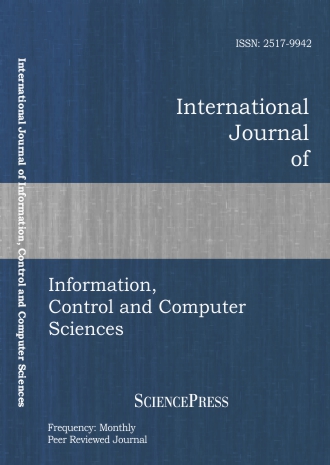
Scholarly
Volume:9, Issue: 7, 2015 Page No: 1660 - 1664
International Journal of Information, Control and Computer Sciences
ISSN: 2517-9942
1600 Downloads
Influence of the Paint Coating Thickness in Digital Image Correlation Experiments
In the past decade, the use of digital image correlation (DIC) techniques has increased significantly in the area of experimental mechanics, especially for materials behavior characterization. This non-contact tool enables full field displacement and strain measurements over a complete region of interest. The DIC algorithm requires a random contrast pattern on the surface of the specimen in order to perform properly. To create this pattern, the specimen is usually first coated using a white matt paint. Next, a black random speckle pattern is applied using any suitable method. If the applied paint coating is too thick, its top surface may not be able to exactly follow the deformation of the specimen, and consequently, the strain measurement might be underestimated. In the present article, a study of the influence of the paint thickness on the strain underestimation is performed for different strain levels. The results are then compared to typical paint coating thicknesses applied by experienced DIC users. A slight strain underestimation was observed for paint coatings thicker than about 30μm. On the other hand, this value was found to be uncommonly high compared to coating thicknesses applied by DIC users.
Authors:
References:
[1] M.A. Sutton, J.J. Orteu and H.W. Schreier, Image Correlation for